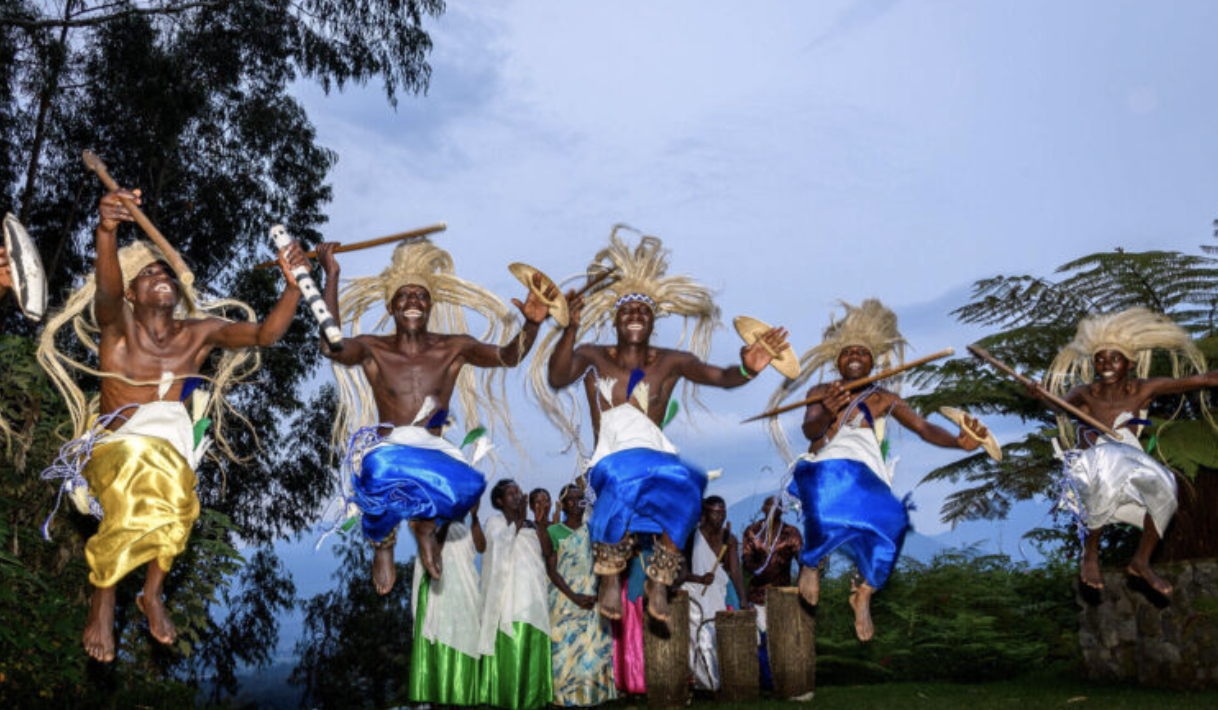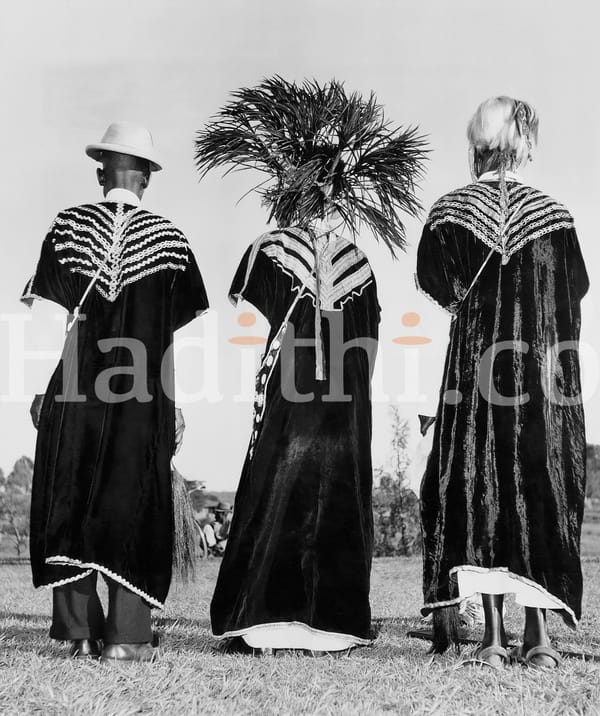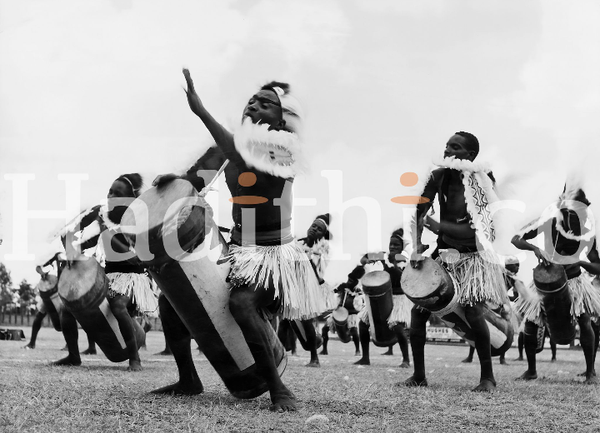An Exploration of Rwandan Customs, Arts, and Social Dynamics
Rwanda, an African nation with a population of approximately 13 million people, possesses a rich history that dates back to the end of the last ice age, around 10,000 years ago.

Rwanda, an African nation with a population of approximately 13 million people, possesses a rich history that dates back to the end of the last ice age, around 10,000 years ago. The earliest known inhabitants are the Batwa, an African pygmy hunter-gatherer community. European explorers, captivated by its beauty, dubbed it the "Pearl of Africa" and the "Switzerland of Africa" due to its spectacular volcanoes, mountains, and natural resources. Despite facing significant socio-political challenges, including the tragic ethnic conflict of 1994, Rwanda remains a country with a deep cultural heritage. This article delves into Rwanda’s multifaceted cultural landscape, examining traditional customs, social structures, and artistic expressions. It seeks to understand how Rwandans preserve and adapt their cultural identity amidst globalization and modernization, with a particular focus on tradition, music, dance, family, community, and cultural ceremonies such as the Umuganura harvest festival.
Introduction
Background Information
Rwanda's population consists of three ethnic groups: the Hutu, who make up 84% of the population; the Tutsi, comprising 15%; and the Twa, who represent 1%. Despite their different origins, all these groups speak Kinyarwanda and share a common cultural heritage. The Hutu and Tutsi migrated into the region at different times, while the Twa were already present. The Hutu, who arrived around A.D. 1000, were primarily farmers and claimed land ownership. The Tutsi, arriving between the 15th and 16th centuries from Uganda, were cattle owners and assumed political leadership. The Twa, hunter-gatherers in the Virunga mountains, lived symbiotically with the Hutu, who introduced them to iron tools and pottery.
The Challenge
Rwanda's rich cultural heritage is currently undergoing significant transformation due to rapid modernization and the lasting impact of historical events, notably the 1994 genocide. This has created challenges in preserving traditional culture. The genocide profoundly affected cultural beliefs and practices, prompting ongoing efforts to reconstruct national identity. Additionally, the traditional roles of women in cultural practices are often undervalued and under-documented. Moreover, globalization influences Rwandan youth, risking the loss of cultural identity. This study explores the current state of traditional culture and examines the influence of globalization on youth culture.
Objectives
The study aims to:
- Assess the current state of traditional Rwandan culture.
- Analyze the role of women in Rwandan cultural traditions.
- Identify factors leading to the decline of traditional culture.
- Propose strategies for preserving traditional Rwandan culture.
Research Questions
- What was the impact of the 1994 genocide on cultural identity?
- What is the current state of traditional Rwandan culture?
- What factors are leading to the decline of traditional culture?
- What strategies can be used to preserve traditional Rwandan culture?
Significance
This study enhances academic literature by providing insights into Rwandan cultural dynamics, offering evidence-based recommendations for policymakers, serving as an educational resource, and establishing a platform for further inquiry into Rwandan culture. It focuses on preserving intangible cultural heritage such as oral traditions, performing arts, and rituals.
Theoretical Framework
Applying realism principles to Rwandan culture emphasizes cultural sovereignty, paralleling state sovereignty in international relations. This approach helps analyze the dynamics of cultural sovereignty, power, and preservation, contributing to a deeper understanding of cultural identity in Rwanda.
Literature Review
Rwanda, the most rural country in the world, saw significant social changes post-1994 genocide. The genocide profoundly impacted cultural practices, prompting a revival of traditional customs. The introduction of modern influences has also given rise to new forms of artistic expression, blending traditional techniques with contemporary approaches. Government initiatives support cultural preservation through festivals and promotion of traditional arts, fostering national pride and unity.
Urbanism, Architecture, and Use of Space
Most Rwandans live in individual family compounds scattered across the hills. The 1994 genocide disrupted social structures, leading to rapid urbanization and the government's villagization program, which aimed to facilitate the administration of social services.
Food and Economy
Rwandan cuisine is simple, with staples like bananas, beans, sweet potatoes, potatoes, and sorghum. Traditional communal eating practices persist, although modern restaurants are emerging in urban areas. The economy relies heavily on agricultural exports like coffee and tea, with significant foreign assistance since the 1970s.
Symbols of Social Stratification
Cattle, once a primary sign of wealth, remain important symbols. Social status now also relates to education and possession of consumer goods. The Twa are distinguished by their unique speech patterns.
Government
Rwanda has a strong presidential system with a multi-party cabinet. Local elections began in 1999, reflecting a shift from the single-party state of the 1970s. The Arusha Peace Accords of 1993 shaped the current government structure.
The Relative Status of Men and Women
Historically, women held political and economic power, exemplified by the Queen Mother. However, contemporary women face challenges in political representation and economic empowerment, with limited success from women's associations.
Secular Celebrations
Before 1994, Rwanda celebrated events like the 1959 revolution. Post-genocide, new holidays commemorate genocide victims, with New Year’s Day being the most important holiday.
Methodology
This study employs a qualitative research design to explore Rwandan culture. Open-ended questions in informal interviews were used to gather data, recorded and transcribed for analysis. A literature review included books and scholarly articles on social structures, language, arts, cuisine, and the genocide’s impact. Archival research involved historical documents and colonial records. Ethical approval was obtained, informed consent was secured, and cultural sensitivities were respected.
Interpretation and Analysis of Data
The qualitative data collected through literature review, interviews, and archival research were subjected to thematic analysis. Key themes identified include language and traditions, artistic expressions, historical influences on cultural practices, and government cultural policy.
Language and Traditions
Kinyarwanda remains vital for cultural identity, preserving oral traditions. The introduction of English and French presents both opportunities and challenges for linguistic heritage.
Artistic Expressions and Modern Influences
Traditional arts, such as Agasake basket weaving, empower women and preserve culture. Modern artists blend traditional and contemporary techniques, reflecting Rwanda’s evolving identity.
Historical Influence on Cultural Practices
The genocide deeply impacted cultural practices, prompting a revival of traditional customs. Colonial influences, particularly Belgian, affected religion and education.
Government and Cultural Policy
Government initiatives support cultural preservation through festivals and promotion of traditional arts, fostering national pride and unity.
Discussion
Rwandan culture is shaped by historical traditions and modern influences. Kinyarwanda unifies diverse ethnic groups, while multilingualism facilitates economic development but risks eroding linguistic heritage. Government policies reflect a commitment to cultural preservation amidst modernization challenges.
Conclusion
Rwandan culture demonstrates resilience, maintaining traditional practices while embracing change. Globalization and modernization present challenges and opportunities for cultural enrichment and economic development. Future research should explore the evolving nature of Rwanda's culture in a global context, highlighting the importance of cultural preservation in national identity.
References
- Freedman, Jim. Nyabingi, The Social History of an African Divinity, 1984.
- Lemarchand, René. Rwanda and Burundi, 1970.
- Longman, Timothy. "Nation, Race or Class: Defining the Hutu and Tutsi of East Africa." In The Global Color Line: Racial and Ethnic Equality and Struggle from a Global Perspective, 1999.
- Joseph, Richard (Ed.). State, Conflict and Democracy in Africa, 1999.
- Prunier, Gérard. Rwanda Crisis: History of a Genocide, 1995.




